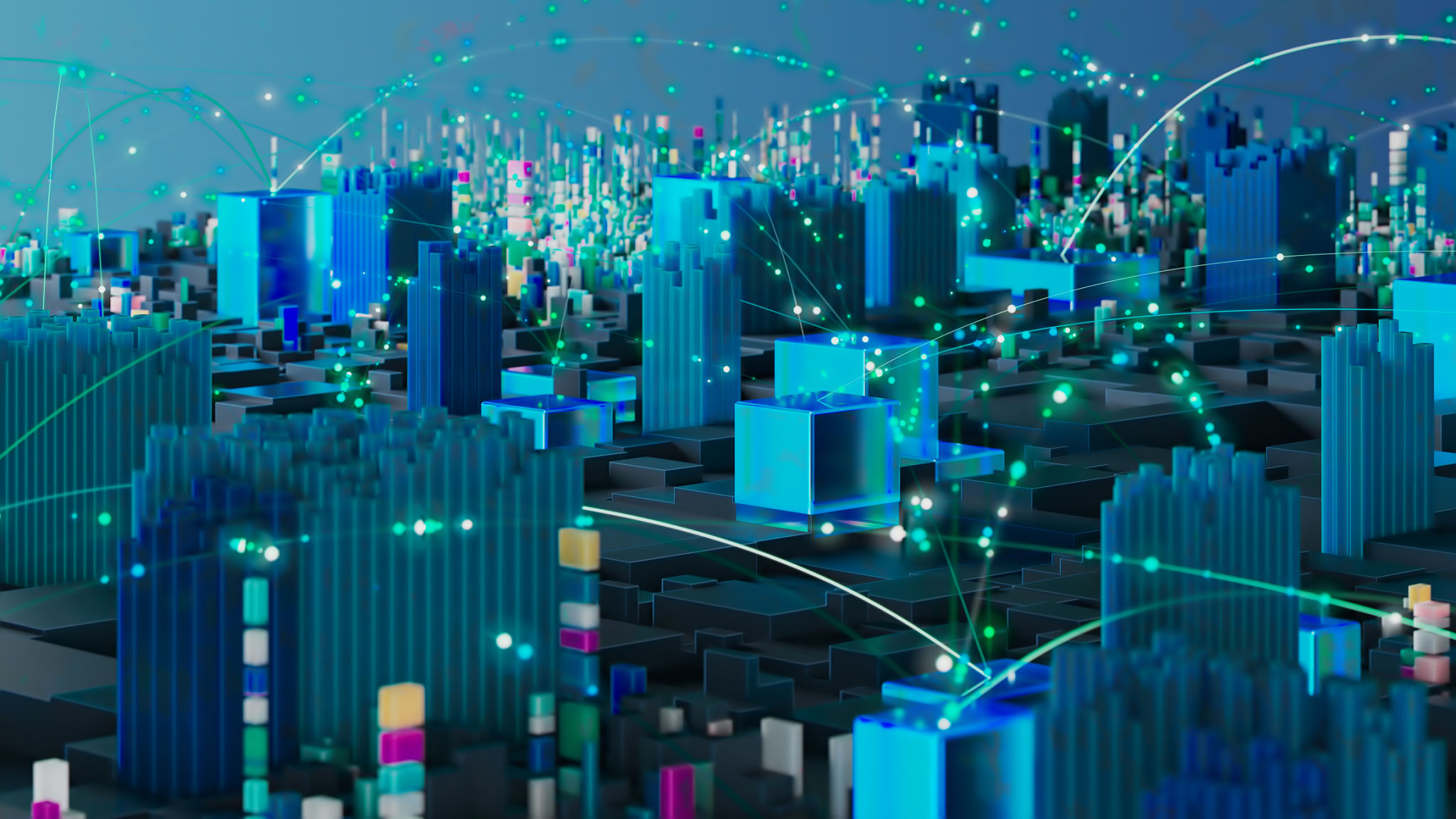Innovative Community Projects: Trends Shaping US Neighborhoods
Revitalizing Urban Spaces
Across the United States, neighborhoods are experiencing a remarkable transformation through innovative community projects. These projects are not only revitalizing urban spaces but also fostering a sense of community and belonging among residents. From green spaces to community art initiatives, the trends shaping these neighborhoods are as diverse as the communities themselves.

Green Spaces and Urban Gardens
One prominent trend is the development of green spaces and urban gardens. These projects focus on creating environmentally friendly areas that provide residents with access to nature. Urban gardens, in particular, have become a popular way to address food deserts and promote sustainability. They offer a space for community members to grow their own produce, encouraging healthier eating habits and reducing reliance on external food sources.
Community gardens also serve as gathering places, where neighbors can connect and collaborate. This interaction fosters a strong sense of community and encourages residents to take pride in their neighborhood.
Community Art Initiatives
Art has the power to transform and inspire, and community art initiatives are doing just that. Murals, sculptures, and public art installations are popping up in neighborhoods across the country, adding vibrancy and character to otherwise drab urban landscapes. These projects often involve local artists and residents, creating a collaborative environment that empowers the community.

Moreover, community art fosters dialogue and cultural expression. It reflects the unique identity of a neighborhood and becomes a source of pride for its residents. By involving community members in the creation process, these projects also promote inclusivity and diversity.
Smart Technology Integration
Integrating smart technology into community projects is another trend reshaping neighborhoods. Smart lighting, Wi-Fi-enabled public spaces, and app-based community engagement platforms are a few examples of how technology is enhancing urban living. These innovations improve safety, convenience, and connectivity for residents.
Smart technology also supports sustainability efforts by optimizing energy use and reducing waste. As more neighborhoods adopt these technologies, they become more efficient and environmentally friendly.

Collaborative Economy Models
The rise of the collaborative economy is influencing how communities operate. Initiatives like tool libraries, co-working spaces, and ride-sharing programs are promoting resource sharing and collaboration. These models not only reduce individual costs but also strengthen community bonds by encouraging neighbors to support one another.
Collaborative economy models are particularly beneficial in urban areas where space and resources are limited. They offer practical solutions that enhance the quality of life for residents while promoting sustainability.
Inclusive Community Planning
Inclusive planning is becoming a cornerstone of innovative community projects. This approach ensures that all voices are heard in the development process, from residents to local businesses and stakeholders. By prioritizing inclusivity, neighborhoods are creating spaces that reflect the diverse needs and aspirations of their communities.

Inclusive planning also addresses social equity, ensuring that all community members have access to resources and opportunities. This approach builds stronger, more resilient neighborhoods that can adapt to changing needs and challenges.
